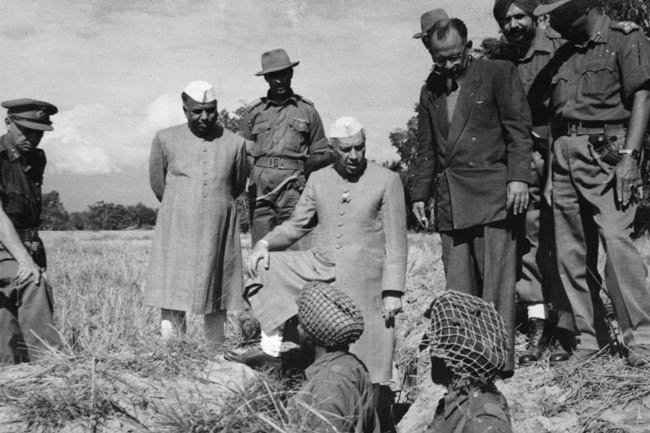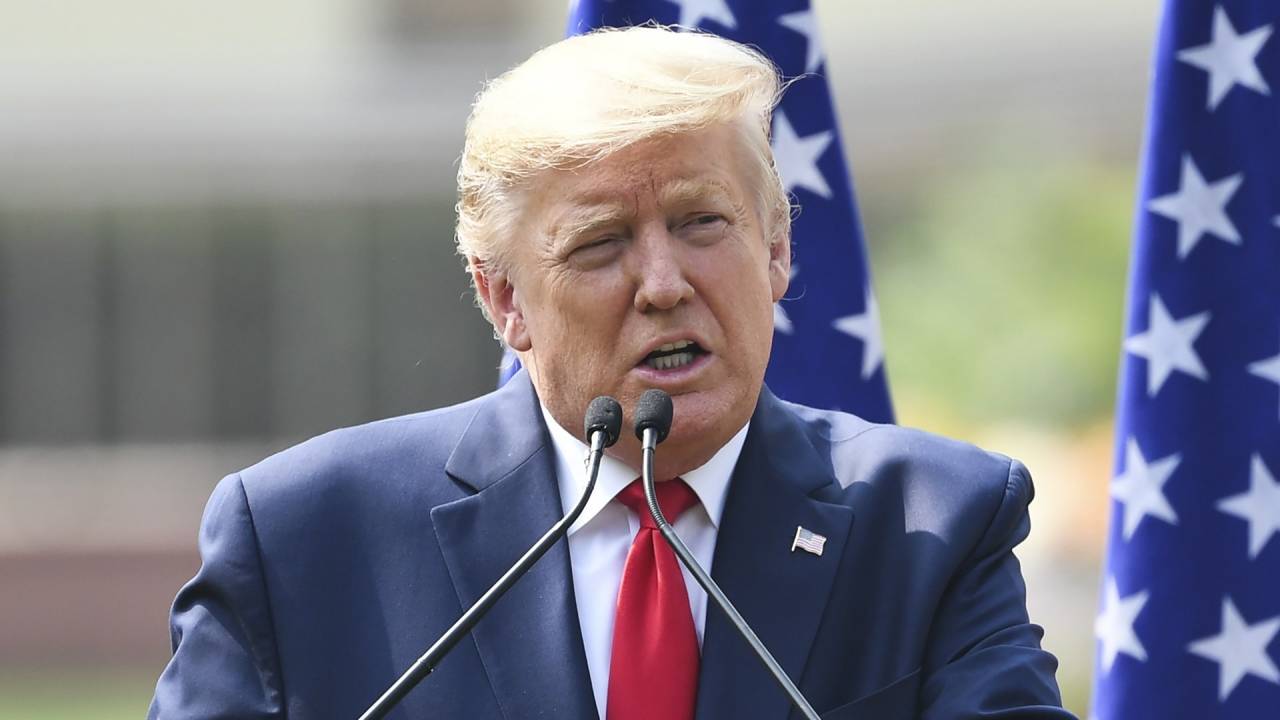India was attacked on October 20, 1962 in what famously came to be known as Sino-India war of 1962. The belief of not ever being attacked by China did not let the Indian army prepare and the result was the standoff between 10,000-20,000 Indian troops and 80,000 Chinese troops. The war continued for about a month and ended on November 21, after China declared a ceasefire.
How did it start?
After independence and the formation of the People’s Republic of China (PRC) in the year 1949, one of the policies for the Indian government was that of maintaining cordial relations with China. When China announced that it would be occupying Tibet, India sent a letter of protest proposing negotiations on the Tibet issue.

China hurriedly deployed troops on the Aksai Chin border. However, India was so concerned about its relations with China that it did not even attend a conference for the conclusion of a peace treaty with Japan because China was not invited. India even strove to become China’s representative in matters related to world since China had been isolated from many issues.
In was in 1954, China and India concluded the Five Principles of Peaceful Coexistence, under which, India acknowledged Chinese rule in Tibet. It was at this time when former Prime Minister of India, Jawaharlal Nehru promoted the slogan “Hindi-Chini bhai-bhai”.
In July 1954, Nehru wrote a memo directing a revision in the maps of India to show definite boundaries on all frontiers; however, Chinese maps showed some 120,000 square kilometres of Indian territory as Chinese. On being questioned, Zhou Enlai, the first Premier of People’s Republic of China, responded that there were errors in the maps.

Top People’s Republic of China leader, Mao Zedong felt humiliated by the reception Dalai Lama obtained in India when he fled there in March 1959. Tensions increased between the two nations when Mao stated that the Lhasa rebellion in Tibet was caused by Indians. China’s perception of India as a threat to its rule of Tibet became one of the most prominent reasons for the Sino-Indian War.
Various conflicts and military incidents between India and China flared up throughout the summer of 1962. On July 10, 1962, around 350 Chinese troops surrounded an Indian post at Chushul and used loudspeakers to convince the Gurkhas that they should not be fighting for India.
The End
In October 1959, India realised that it was not ready for war after a clash between the two armies at Kongka Pass, in which nine Indian policemen were killed; the country assumed responsibility for the border and pulled back patrols from disputed areas


















Discussion about this post